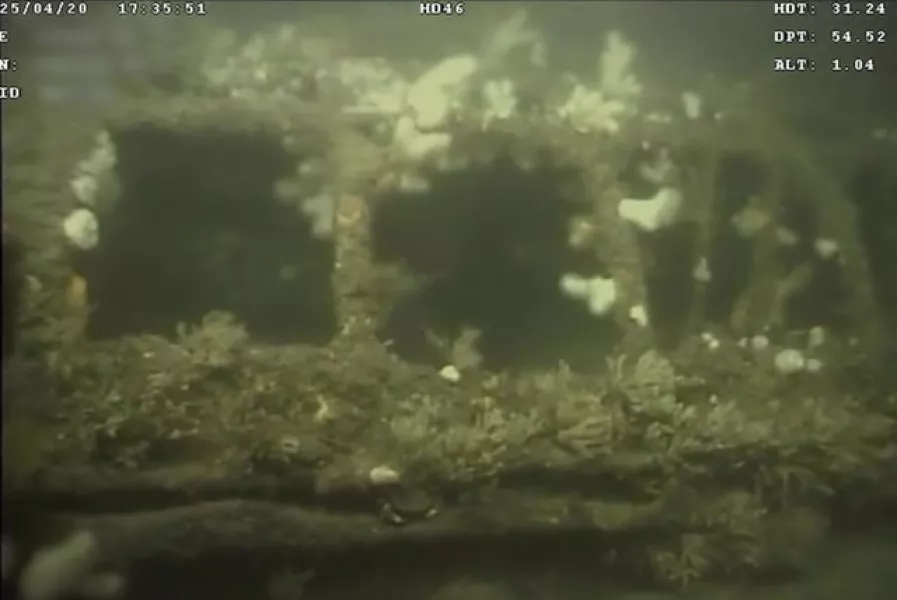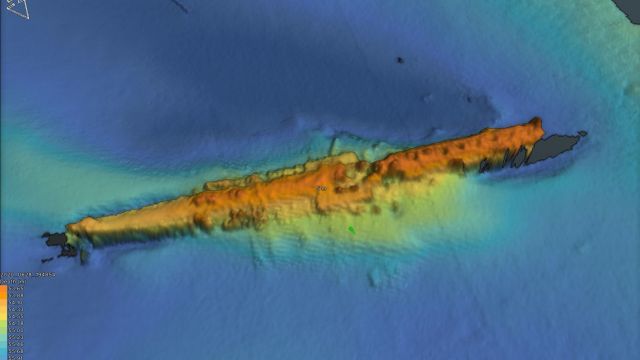Scientists used sophisticated scanning techniques and deep-sea video footage to investigate the wreck of UC-47, about 20 nautical miles off the east coast of the UK in the North Sea.
The survey team said that UC-47 was credited with sinking more than 50 vessels in her year-long career and had a reputation as a lucky vessel within the German Imperial Navy.

But on November 18th 1917, the Royal Navy patrol boat HMS P-57 surprised her on the surface, ramming and then depth charging the U-boat, and the submarine went down with all hands.
Led by deep sea archaeological expert Dr Rodrigo Pacheco-Ruiz, of the University of Southampton – in collaboration with offshore survey companies MMT and Reach Subsea, the team investigated the wreck on behalf of Tolmount Development during offshore operations to prepare for the laying of a new pipeline in the North Sea.
Using state-of-the-art robotics and high-resolution geophysical equipment, the wreck – which lies 50 metres below the surface – was mapped and inspected in detail and showed an “astonishing” level of preservation, the team added.
Archaeologists said the remains of the main hull, which was intact along its length, were visible above the seabed and the damage she suffered during her sinking was clear to see.

A large hole on the port side of the hull was indicative of an explosion and scattered around the wreck site were parts of the vessel including one of the torpedo tubes, they added.
Dr Pacheco-Ruiz, co-director of the Offshore Archaeological Research project (OAR) from the Centre for Maritime Archaeology, said: “Today the vessel is only marked on the navigation charts as a shipwreck and until now very little was known of the submarine’s condition.
“It has been a privilege to be able to explore a wreck in such good condition and have the opportunity to find out more about its past.”
Archaeologists hope it will be possible to return to the wreck in the future to gather more evidence about its past and help train students in maritime archaeology.
Maritime historian Stephen Fisher said: “The day after her loss, UC-47 is reputed to have been visited by Royal Navy divers who retrieved valuable intelligence, including code books and charts.
“Further investigation of historical sources – when access becomes available as lockdown eases – combined with this detailed imagery of the wreck, might enable us to ascertain if she was indeed visited in November 1917.”







